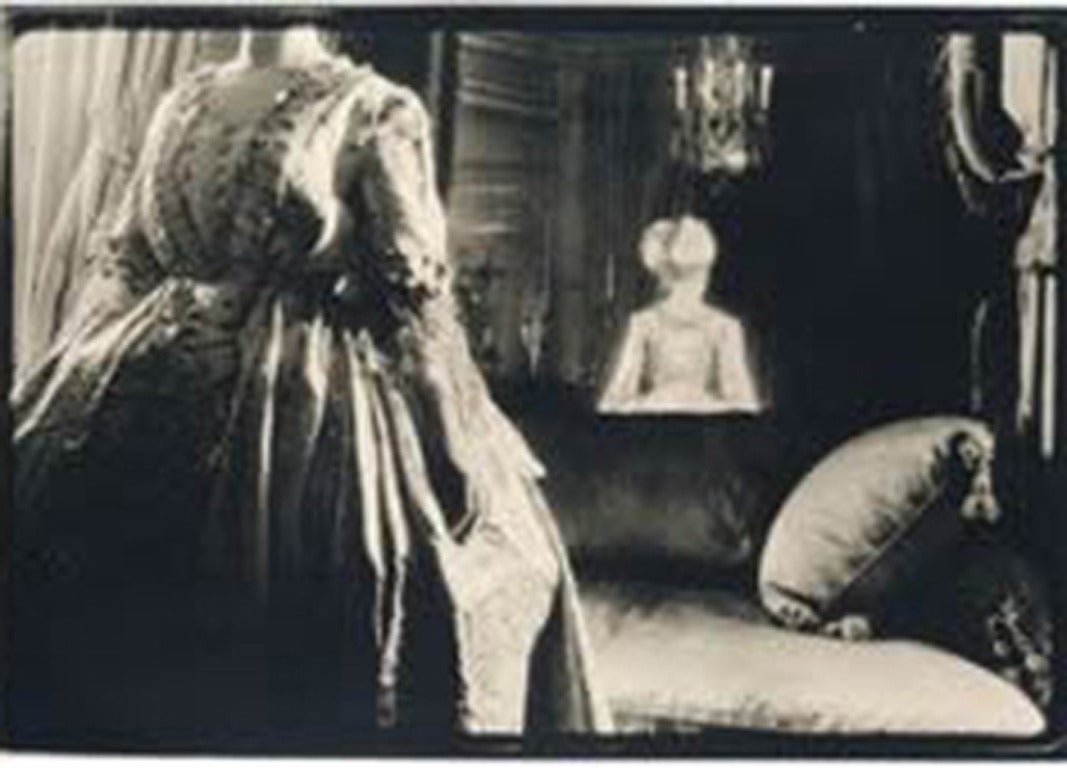
While there, she worked with renowned photographers like Richard Avedon, Bob Richardson, and Diane Arbus, and soon became recognized for her very personal style as an editor. Vreeland suggested that Turbeville see her at her offices at Harper's Bazaar, and Turbeville soon became an editor at the magazine. Through McCardell, Turbeville met Diana Vreeland, the famed editor of Harper's Bazaar and later VOGUE, and the eventual director of the Costume Institute at the Metropolitan Museum of Art. Turbeville spent three years working alongside McCardell filling the lead role of sample model and assistant and had the privilege of being witness to the designer's extraordinary innovations in color, texture, and design. However, within a very short time she was discovered by famed fashion designer Claire McCardell and was asked to join her design studio. This love of theater and literature is closely linked to her later development as a photographer.Īfter completing school, she moved to New York intending to pursue a career in theater. She was also drawn to literature and began to read the works of writers like Dostoyevsky at an early age. She was particularly drawn to choreography, costumes, and sets, and often improvised her own pieces. Offering a foil to the work of her contemporary, Helmut Newton, whose provocative photos exposed taboos and played with sexual innuendo, Turbeville’s work grappled with the interior life of women and their changing place at a time when longstanding gender roles were as distorted as the reflections from a disco ball.Deborah Turbeville was born in Boston, Massachusetts and grew up between Boston and the atmospheric Maine sea coast town Ogunquit.Īs a young student, Turbeville performed as a dancer and as an actor in various local theaters. In Turbeville’s photos, models almost never look at the camera, and the clothes-those innocuous, powder-hued separates of the seventies and eighties-play a secondary role to the women who wear them.

“Feeling surreal and dislocated-it’s my favorite way to feel,” the photographer once told Vogue, and she gave visual form to those emotions in her atmospheric images, which, like the paintings of Giorgio de Chirico, have an unsettling dream-like quality in which location and composition take precedence over the figure. Not the clean, bright burst of a summer floral, but something moody and mysterious that captures the essence of the decaying bloom and the soft-focus haze of memory.


Deborah Turbeville’s photographs, which are the subject of a new exhibition at New York’s Staley Wise gallery, are as evocative as a lingering trace of fragrance.


 0 kommentar(er)
0 kommentar(er)
